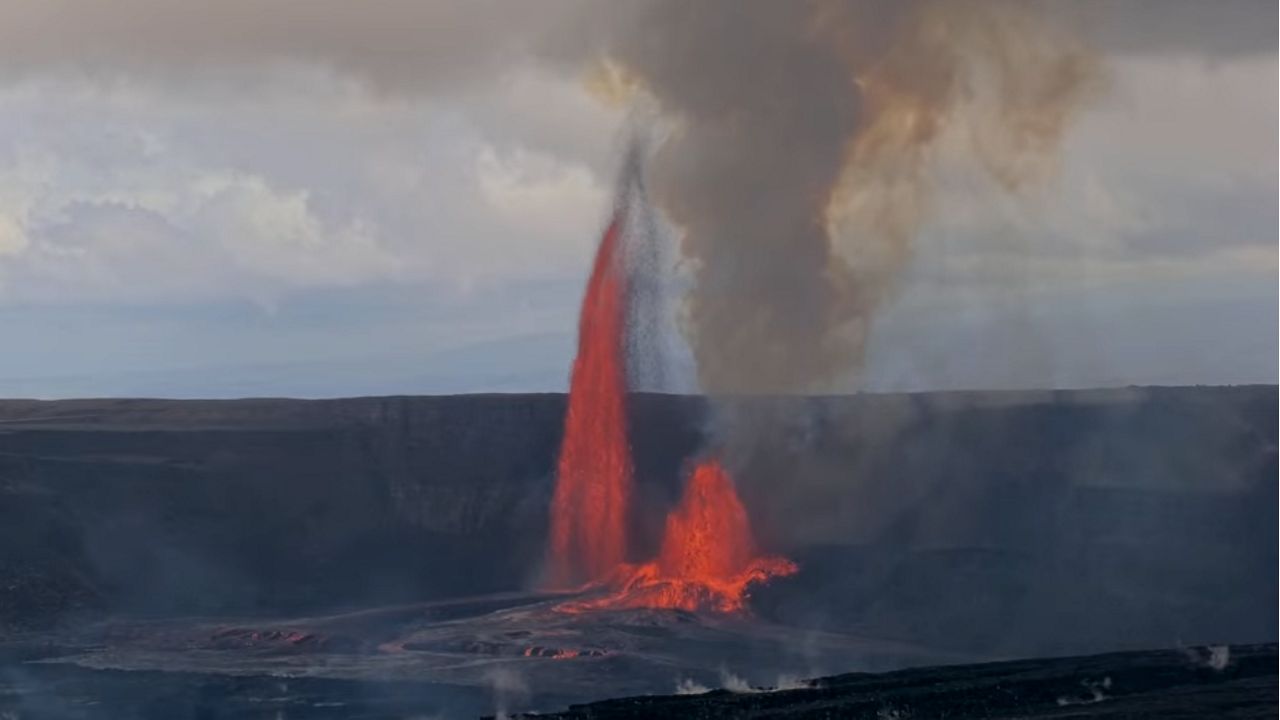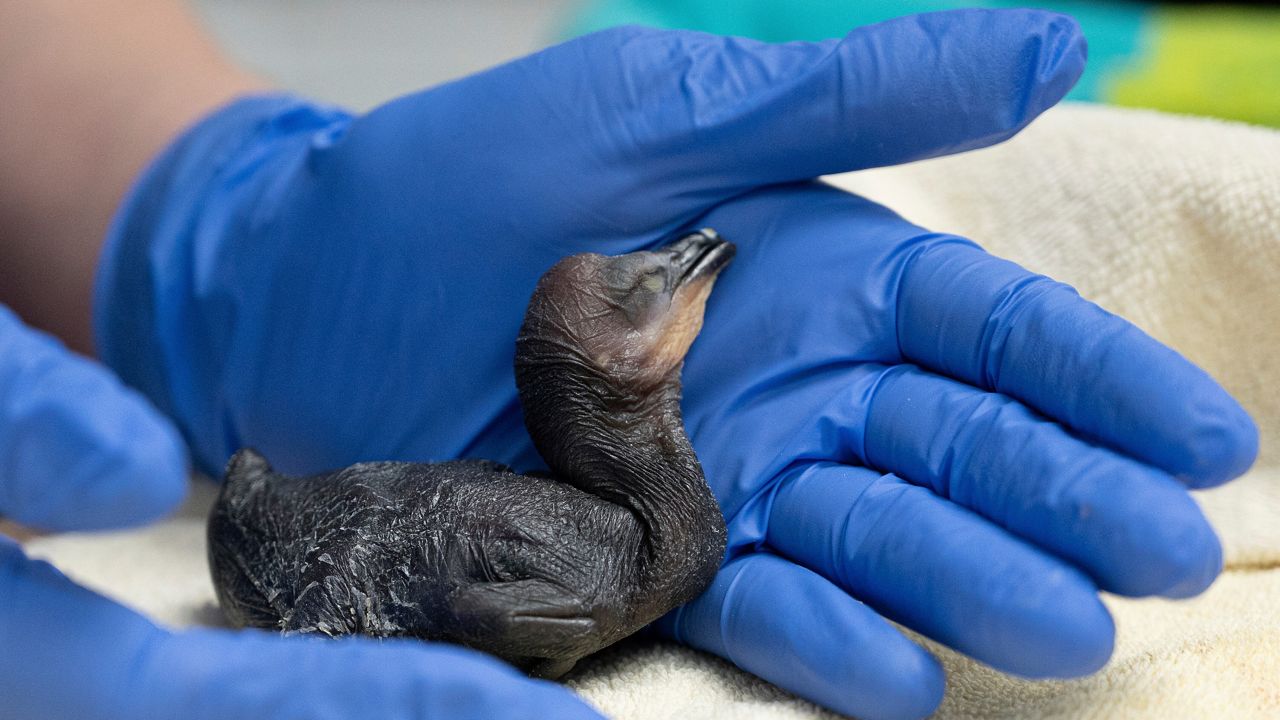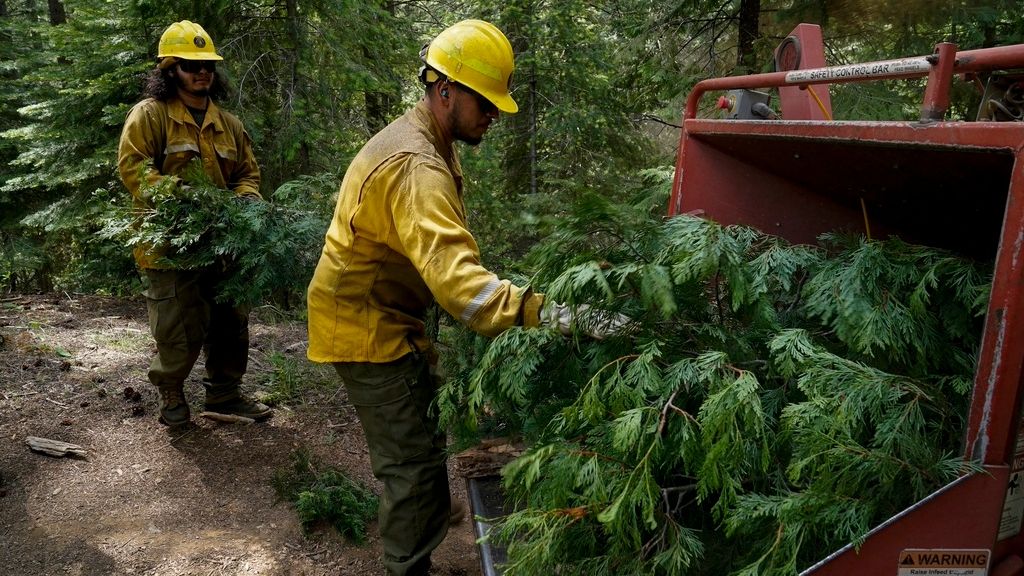TORRANCE, Calif. — About seven years ago, Steven Goldsmith was in the West Torrance area when he saw ash fall from the sky.
“It kept getting bigger, and I thought, ‘Oh, that’s really dangerous.’ I had no idea what it was,” he said.
At first, Goldsmith thought it was some type of fire, he said. But after he went home that day, he learned that a system failure caused an explosion at the Torrance Refinery. Later, the U.S. Chemical Safety Board investigated the explosion and created a video animation showcasing what happened.
During the investigation, a tank containing modified hydrofluoric acid, known as MHF, was narrowly missed. In a report, the CSB stated that if the tank had been struck and ruptured, it could have created a catastrophic release of the toxic chemical used to make gasoline into the community.
If it had released, the chemical could create a dense low-lying cloud that could cause severe damage to the skin, respiratory system, or death.
“I was one mile to the west and south of the refinery,” Goldsmith said.
Ever since the explosion, Goldsmith, community members and those with a background in science and engineering, have come together to form the Torrance Refinery Action Alliance to investigate the chemical. The group began delivering door hangers and brochures with the information they’ve collected from the AQMD, EPA and other documents pertaining to the use of that chemical in the community.
Sally Hayati holds degrees in Biological Science from UC Berkeley, has a background as an engineer and held a secret clearance with the Aerospace Corporation. Hayati served on the TRAA science panel, investigating the impact the chemical could have had. Since the explosion, it’s been an uphill battle trying to get refineries and local government agencies to replace MHF, she said.
“There’s been a denial that it’s dangerous,” she said. “The refinery has been claiming since 1990 that modified HF is a safe form of HF and its proprietary. So, nobody has expected an accident to affect the community,” Hayati said.
The Los Angeles County Board of Supervisors approved a motion to push the state to require safer alternatives to the chemical being used by only two refineries within California — Valero Refinery in Wilmington and the Torrance Refining Company, where the 2015 explosion occurred under the previous ExxonMobil ownership.
LA County Supervisor Janice Hahn, who led the motion, sent this statement regarding MHF:
“The 2015 explosion at the Torrance Refinery was bad, but it easily could have been catastrophic. A heavy piece of debris came inches away from hitting a tank of MHF that day. We can’t assume we will be so lucky next time, whether that is another refinery accident, an earthquake, or, God-forbid, an attack. MHF is too dangerous to have in our refineries and our communities will not be safe until it is gone.”
In a statement, a spokesperson for the current ownership, Torrance Refining Company said:
”The passage of the Supervisors’ motion is disappointing because many of the points they make are both misleading and the projects are already in place, following agreements with several government agencies to install additional safety measures.
The unique, cleaner-burning gasoline mandated to be sold in California requires a high-octane component called alkylate to comply with the most stringent tailpipe emissions in the world. To meet the State’s requirements, Torrance Refinery has been safely and reliably manufacturing alkylate using hydrogen fluoride (HF), including MHF for more than 60-years, without an offsite release.”
Goldsmith and Hayati both hope the motion will lead to community emergency preparedness, action.
“People who have power to require a conversion to a safer alternative make that happen as soon as possible because it’s a ticking time bomb. We don’t want to see it happen here in the United States or anywhere in the world,” Goldsmith said.
It’s a change that he believes could prevent a disaster.
This is the full statement from Abena Williams, a spokesperson for the Torrance Refining Company:
“The passage of the Supervisors’ motion is disappointing because many of the points they make are both misleading and the projects are already in place, following agreements with several government agencies to install additional safety measures. The unique, cleaner-burning gasoline mandated to be sold in California requires a high-octane component called alkylate to comply with the most stringent tailpipe emissions in the world.
To meet the State’s requirements, Torrance Refinery has been safely and reliably manufacturing alkylate using hydrogen fluoride (HF), including MHF for more than 60-years, without an offsite release. MHF was the subject of a thorough technology review by a court-appointed Safety Advisor with input from the City of Torrance.
The work of the Safety Auditor was overseen by a Los Angeles Superior Court judge and approved prior to use of MHF at the refinery. Despite this, for more than seven years, members of small, local activist groups have been irresponsibly making claims against the Refinery’s use of MHF, without any basis, in fact. They claim, “nothing has been done…,” to protect the community from MHF, without any proof, other than their beliefs, which are incorrect and misleading.
As a reminder, the safety and health of our neighbors, employees, and contract partners is so important to us that despite more than 60-years of operating the Alkylation Unit without an offsite release, we voluntarily enhanced the Alkylation Unit’s robust, layered safety systems - already considered by experts to be amongst the most advanced in the world - by installing additional safety enhancements. The improvements include sophisticated leak detection, upgraded water monitors, automated unit cameras that are continuously monitored 24/7/365, an improved, expanded water mitigation system, and remote control of water systems. These safety enhancements were completed in 2020 and are now in service.
Additionally, in 2019, our offer to install additional voluntary safety enhancements on the Alkylation Unit was accepted by the South Coast Air Quality Management District (SCAQMD). These enhancements include installing a new protective steel structure, water mitigation dome and curtain, enhanced HF/MHF detection system, additional water mitigation monitors, and overpressure mitigation on the Refinery’s electrostatic precipitator. These safety enhancements were completed in 2021 and are now in service.
In 2020, we separately reached an agreement with the U.S. Environmental Protection Agency as part of a Supplemental Environmental Project to upgrade another water monitor. This safety enhancement was completed in 2021 and is also now in service.
We are very proud of the many technical advances we have added to our Alkylation Unit over the years, which is additional proof of our continuing commitment to safe, reliable operations. With the addition of these voluntary safety enhancements and other obligations completed and operating, we have fulfilled our obligation to further protect refinery personnel and the community. The bottom line is Torrance Refinery now has the most advanced safety systems of any HF Alkylation Unit in California, the U.S., and the world. In addition, please keep in mind there are at least 50 other HF users in SoCal and more throughout the state, especially in agriculture, refrigeration, and high-tech applications.
As required by existing state law, every five years we explore the feasibility of emerging, alternative alkylation technology. Although small-scale alternative alkylation technology options are under development, they still need to be proven to be safe, mechanically reliable, and commercially viable at the scale of the Torrance Alkylation Unit. This is why we consider MHF to be safe, proven and superior to the alternative alkylation technology options at this time.
For more information on MHF Alkylation, including a video and thorough rebuttal of the misleading claims by activists, please visit the Torrance Refinery website.”










